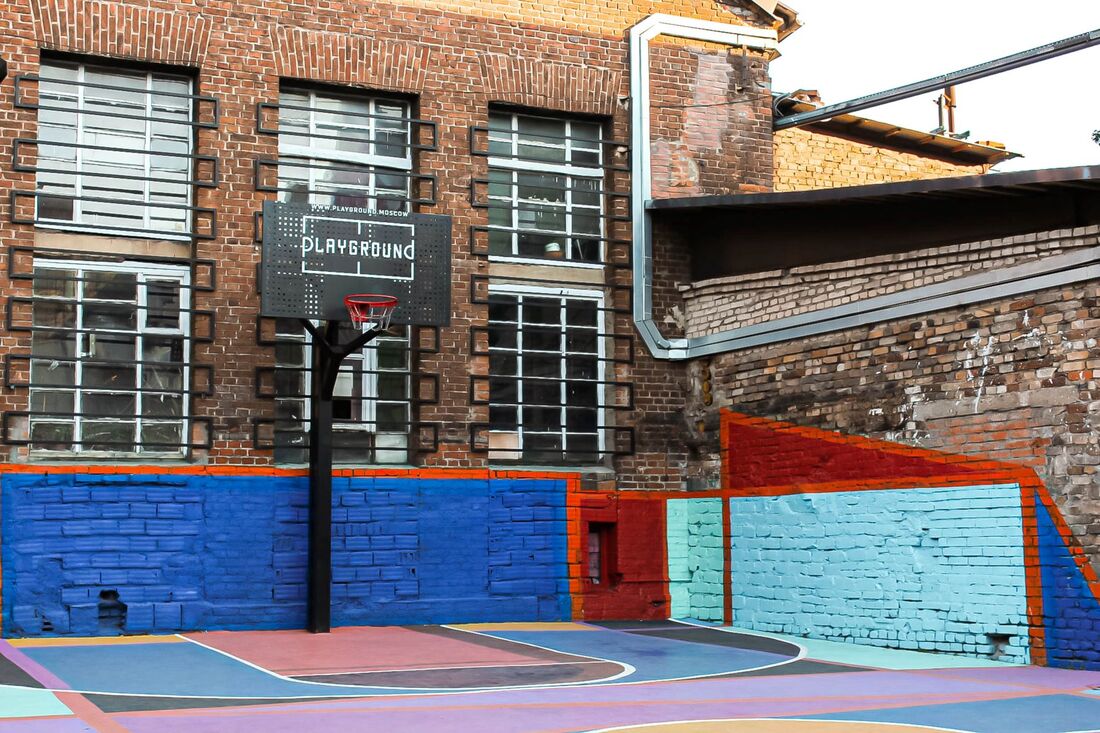|
Once again, society witnesses an episode of extreme violence in an educational centre. The sequence repeats itself: a young man bursts in with a gun, leaving corpses in his wake in the cruelest of ways. It was in Uvalde, Texas, with Salvador Ramos as the perpetrator of 21 deaths. There is one more element that is reiterated in this succession, and that is that Ramos was bullied at school, as were previous perpetrators of similar situations. Beyond the recurring debate on access to guns in the United States, this appalling event, far removed from European parameters, nevertheless raises a number of questions. For example, the consequences for the victim of bullying, for the bully, for the perpetrator, for those who assist the bully and for those who passively witness these episodes. Also, the difficulty of establishing that certain events actually constitute bullying. "It is a complicated matter," admits Antonio Jiménez, a guidance counsellor at IES San Sebastián de Huelva and author of a thesis on this complex subject. For Jiménez, "it is a group problem rather than an individual one, which spreads like the layers of an onion" and which is difficult to "diagnose correctly". In reference to other problems in the school environment, the counsellor explains that, for example, "absenteeism is objective", since a limit is established for unjustified absences. The protocol for action in cases of bullying (Order of 20 June 2011) establishes several characteristics for identifying cases. These are that there is an intention to harm, that it is repeated over time and that there is a real or imaginary imbalance of strength or power between people, "the aggressor knows that with impunity he can attack and the victim is unable to oppose, he teaches him to be a victim". A process, he points out, similar to the victimisation and annulment that occurs in gender violence. Others are helplessness and personalisation. Mª Ángeles Sánchez, head of the Educational Psychology group of the Huelva Delegation of the Official College of Psychology of Western Andalusia, explains that this helplessness is "learned" and causes the victim to think "I can't defend myself and I don't do anything", in addition to the fact that the attacks target a specific person. She also points out that there is usually more than one aggressor, as well as the existence of passive observers who do not contribute to the cessation of the aggression. When should the scales be raised? There are worrying elements such as "being a loner, being teased, having things disappear, not liking playtime or being afraid of situations in which they are not observed under adult supervision", says Antonio Jiménez. Sánchez also points out signs such as "fear of going out alone in the street, crying because they don't want to go to school, low self-esteem or sudden poor school performance" and even physical symptoms such as headaches or stomach aches. Original source
0 Comments
Leave a Reply. |
|
This website has been accomplished during the project "Schools&Solutions - Upscaling school restorative approaches to foster school climate and improve students' competences on managing conflicts", Grant Agreement no. 2020-1-RO01-KA201-080411, implemented with financial support of the European Commission by the Erasmus+ Programme. This publication reflects the views only of the author, therefore the European Commission cannot be held responsible for any use which may be made of the information contained therein.


